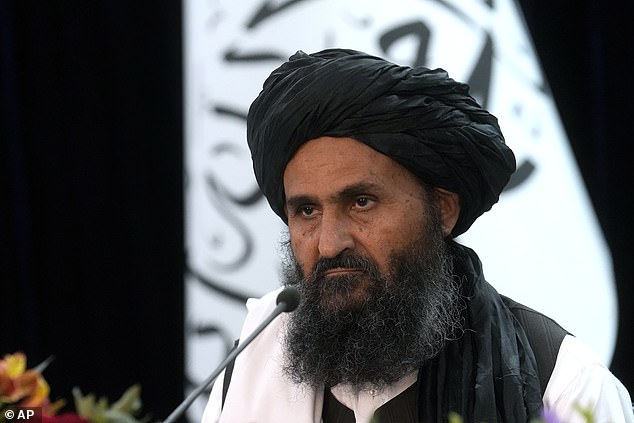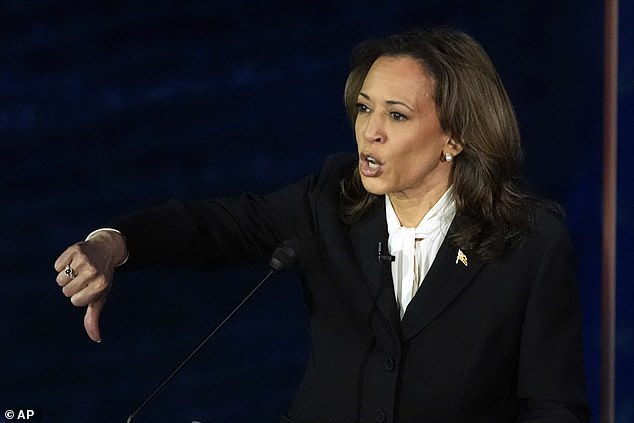- Trump referred to negotiations with ‘Abdul’
- He said he told Abdul “don’t do it anymore” in reference to the attacks on the United States.
Former President Donald Trump left debate viewers scratching their heads with a bizarre statement about negotiating with a senior Taliban official he identified as “Abdul” and a threat to destroy his home.
Trump did not give his full name, but called him the “chief” of the Taliban, which only raised more questions because the Taliban leader does not have that name.
It all began after ABC’s David Muir questioned Vice President Kamala Harris about the chaotic US withdrawal from Afghanistan. That led her to argue that the US withdrawal occurred under the terms of a deal negotiated by the Trump administration.
“He bypassed the Afghan government. He negotiated directly with a terrorist organization called the Taliban,” Harris said, referring to talks held in Doha by Trump’s Secretary of State Mike Pompeo.
He was probably referring to Taliban political leader Abdul Ghani Baradar, who negotiated with Pompeo. But he is not actually the head of the organisation, although he holds a high-level position. He currently serves as first deputy prime minister.
“I got involved. And Abdul is the leader of the Taliban. He’s still the leader of the Taliban,” Trump said during the debate, which drew nearly 60 million viewers.
Former President Donald Trump left viewers scratching their heads with a story about showing ‘Abdul,’ whom he called the leader of the Taliban, a photo of his house.
Trump then referred to the threat he issued, which he said guaranteed peace. “And I said to Abdul, ‘Don’t do it anymore. If you do it anymore, you’re going to have problems.’ And he said, ‘Why are you sending me a picture of my house?’ I said, ‘You’re going to have to figure that out, Abdul.’ And for 18 months there were no deaths.”
Trump has told the story before, including Sean Hannity on Fox News in 2022, when he said he told the Afghan: “Don’t do it.”
“It was tough and he understood it,” Trump added.
The Taliban are led by Hibatullah Akhundzada, who has held office since 2016.
Trump then said he would have left Afghanistan “faster” than President Joe Biden’s administration, even though there were still 2,500 US troops there when Biden took office.

Trump may have been referring to Mullah Abdul Ghani Baradar, the Taliban-appointed deputy prime minister.

Trump’s comment came after Vice President Kamala Harris criticized him for negotiating with the Taliban.
“It was a very good deal. The reason it was good was because we were leaving. We would have left faster than they did, but we wouldn’t have lost soldiers. We wouldn’t have left many Americans behind.”
The Biden administration, while acknowledging that things did not go as planned, has blamed the deal for setting a withdrawal date and leaving the United States without enough troops to prop up the Afghan government when the Taliban made sudden territorial gains.
Harris noted that the Taliban deal also “involved the Taliban securing the release of 5,000 Taliban terrorists,” a factor the White House cited this week as contributing to the collapse of the Afghan government.
Harris smiled and turned her head away as Trump told the story of ‘Abdul.’
Online observers including An earlier Wall Street Journal report noted Tablian’s reliance on improvised explosive devices rather than snipers, and the lack of an 18-month period during Trump’s tenure in which no U.S. forces were killed.

